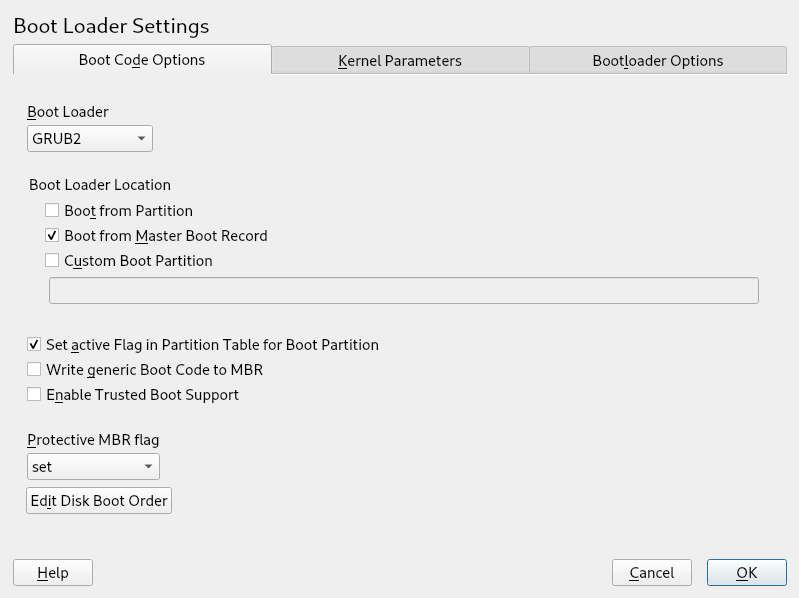

- #Source unpack missing interface how to#
- #Source unpack missing interface code#
- #Source unpack missing interface windows#
This image shows a typical view of the main tools UI:

To open F12 tools, press "F12" from the webpage you want to debug or inspect. The Script debugger supports static and dynamic scripts for seamless debugging with HTML5 Web Workers threads. Each page you open in your browser can have its own F12 tools session, making it easy to work on multiple webpages at the same time.
#Source unpack missing interface code#
The Profiler and Network capture tools can help you track down performance problems in your code or on the network. The tools range from a simple color picker to a full-featured script debugger for a debugging environment that's much like standalone development tools. F12 tools can be opened in a separate window or pinned to the bottom of the webpage that you're debugging.
#Source unpack missing interface how to#
For more on using F12 tools in Windows Internet Explorer 9, see How to use F12 Developer Tools to Debug your Webpages.į12 tools provide a set of tools that you can use to design, debug, or view webpage source code and behavior.
#Source unpack missing interface windows#
For more information about using the Developer tools in Windows Internet Explorer 8, see Developer Tools User Interface Reference. Each element of the interface is identified and has a short description of what it does. This is a quick reference to the tools, commands, and menus available in F12 tools, built into Internet Explorer 10.
Question: I cannot turn off the automatic script debugger under explorer options. What should you do about Internet Explorer script errors?. If you got here by clicking an error message and simply want to avoid error messages in the future, try: "The menu bar and the toolbar are missing in Internet Explorer.". If you're looking for the Tools menu or toolbars in Internet Explorer 11, try: Please visit our latest F12 tools documentation. Nested Prefabs and Prefab Variants added in 2018.This content refers to an older version of F12 developer tools. You can unpack Prefab instances that exist in Scenes, or which exist inside other Prefabs. This is equivalent to unpacking the Prefab, and keeping on unpacking any Prefab instances that appear as a result because they were nested Prefabs or base Prefabs. If you have a Prefab instance that you want to replace with plain GameObjects and completely remove all links to any Prefab Assets, you can right-click on it in the Hierarchy and select Unpack Prefab Completely. This is because Prefab Mode shows the contents that is inside of a Prefab, and unpacking a Prefab instance unpacks the contents of a Prefab. In general, unpacking a Prefab instance will give you the same objects you see if you go into Prefab Mode for that Prefab. Similarly, if you unpack a Prefab Variant, there will be a new Prefab instance at the root which is an instance of the base Prefab. If you unpack a Prefab that has nested Prefabs inside, the nested Prefabs remain Prefab instances and still have links to their respective Prefab Assets. That is, the values will stay the same, but will no longer have status as overrides, since there’s no Prefab to override. If you had any overrides on your Prefab instance before you unpacked it, those will be “baked” onto the resulting GameObjects. The Prefab Asset itself is not affected by this operation and there may still be other instances of it in your Project. More info See in Glossary no longer has any link to its former Prefab Asset. In each Scene, you place your environments, obstacles, and decorations, essentially designing and building your game in pieces. Think of each unique Scene file as a unique level. The resulting GameObject in the Scene A Scene contains the environments and menus of your game. You can unpack a Prefab instance by right-clicking on it in the Hierarchy and selecting Unpack Prefab. This is exactly the reverse operation of creating (packing) a Prefab, except that it doesn’t destroy the Prefab Asset but only affects the Prefab instance. More info See in Glossary, you unpack the Prefab instance. A GameObject’s functionality is defined by the Components attached to it. More info See in Glossary instance into a regular GameObject The fundamental object in Unity scenes, which can represent characters, props, scenery, cameras, waypoints, and more. 
The prefab acts as a template from which you can create new object instances in the scene. To return the contents of a Prefab An asset type that allows you to store a GameObject complete with components and properties.







 0 kommentar(er)
0 kommentar(er)
